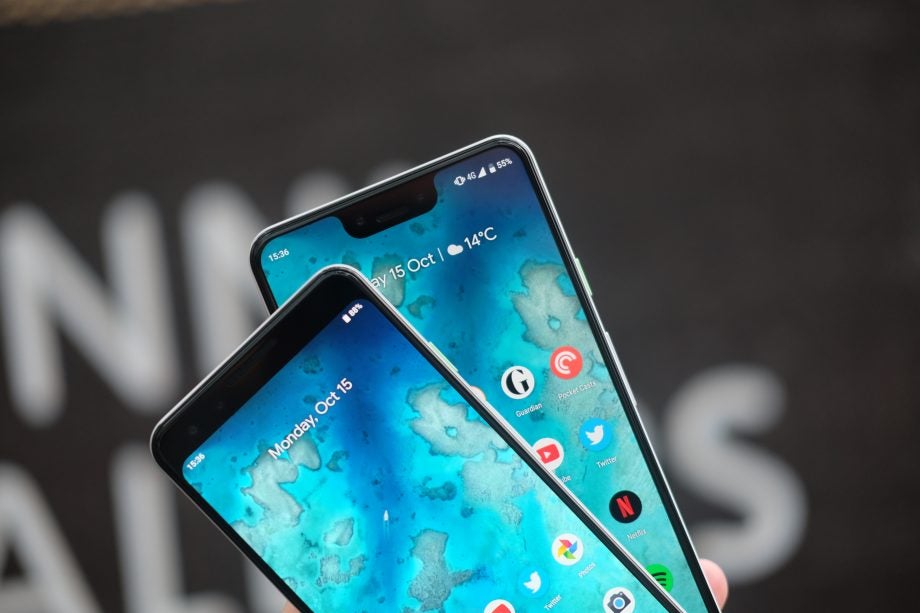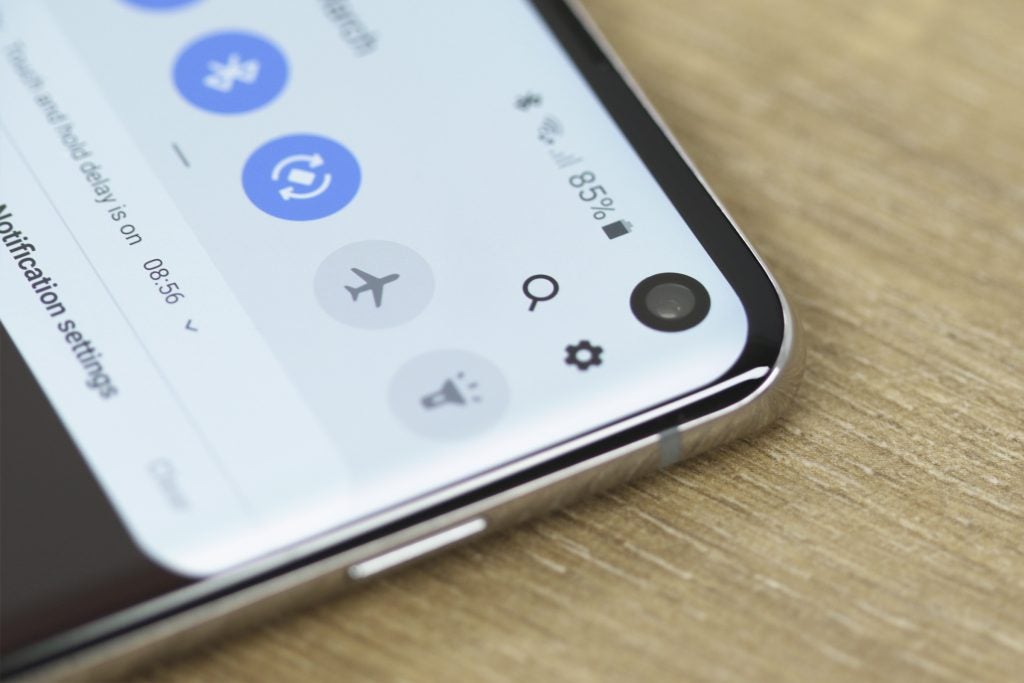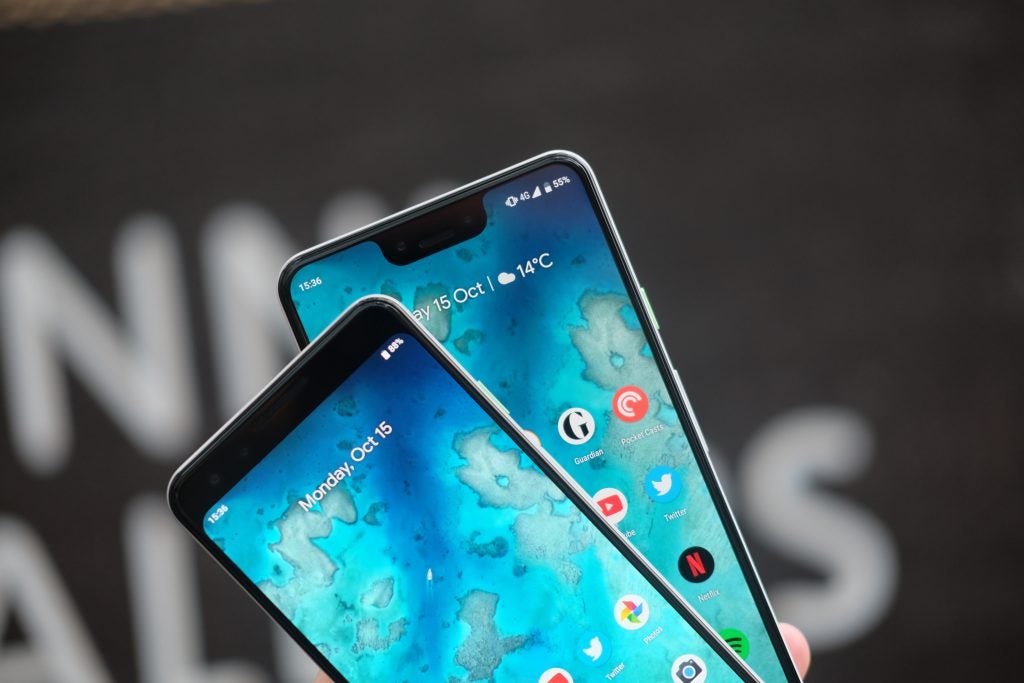Google Pixel 4: Four big features we want to see

With the Samsung Galaxy S10 and the Huawei P30 Pro both now on the shelves, our minds are starting to wonder what else could be in store for some other 2019 flagships. Notably Google’s Pixel 4.
The Google Pixel 4 isn’t going to be Google’s next smartphone, as that honour will likely to fall to whatever the brand announces during its I/O conference at the beginning of May. Strong rumours point to this being the constantly leaked Pixel 3a, alongside a larger XL version.
- Is this the best phone around right now? Read our Huawei P30 Pro review
- Or should you go for Samsung? Here’s our Samsung Galaxy S10 review
With this being a mid-range option offering some of the key Pixel 3 features at a more affordable price, expect the Pixel 4 to be Google’s next true flagship. Let’s have a look at some of the big features we want to see Google include.
1. An extra rear camera for versatility
The Pixel 3’s camera is excellent. Even though we’d put the Huawei P30 Pro slightly ahead of it thanks to better low-light snaps, the Pixel reliably shoots impressive photos whether the conditions are good or not.

There’s are three main rear cameras on the Huawei P30 Pro along with a ToF sensor
Really the main issue we’d love to see addressed with the Pixel 4 is versatility. Google has staunchly stuck with a single wide sensor on all Pixel phones, even though we’re beginning to see countless other devices offer three (or even four) different cameras.
Apple has had a telephoto, zoomed in camera on its phones for years and Samsung added an ultra wide version to the Galaxy S10. Huawei took this a step further with a ToF sensor on the P30 Pro that’s there solely to capture 3D data for improved portraits.
It’s impressive what Google’s excellent camera and software can do with one sensor, but imagine having all that skill and multiple focal lengths to play with.
2. An alternative to that awful notch
Google hasn’t quite nailed high-end designs with its Pixel phones. The Pixel 3 feels a bit old-fashioned even compared to 2018 flagships, and the Pixel 3 XL has comfortably the worst notch we’ve ever used.

The notch on the Pixel 3 XL is big
- We’ve rounded up all the best phones
Unlike the notch on the iPhone XS, we can’t help but constantly stare at the sizeable one on the Pixel 3 XL. It’s not made any better by the fact that Google still hasn’t completely sorted the software out to work around the notch properly.

The Galaxy S10’s approach to the notch
Mockups and early rumours already suggest Google might be taking a cue from Samsung and opting for a hole punch notch instead, and this certainly seems like the right way to go.
3. Less compromises on the smaller model
While we’ve grown to love big phones, having the option of a small version of a high-end flagship is very much welcome and something that’s becoming rarer and rarer. Hopefully Google retains the two-size approach with the next Pixel.
- All the OnePlus 7 rumours we know so far
That said, we’d appreciate a bit more parity between the two models. If the XL (if that’s what it’s called) ditched the notch for a hole punch cutout, it would be good to see that design approach filter down to both models.

Pixel 3 and Pixel 3 XL
4. A bigger focus on stable software
For us, Google’s version of Android remains the best. It’s slick, packs in handy extras and doesn’t feel as bogged-down as Huawei’s EMUI or even Samsung’s One UI.
However, we have had numerous issues with stability on our Pixel 3 XL, ranging from random shut-offs to long delays with the camera and generally unreliable software.
This could be put down to the 4GB of RAM (which lags behind other top flagships), but honestly it feels like some general software tightening up is required.
- We spent some time with Samsung Galaxy Fold before it was delayed and here’s what we thought
So that’s what we’d like to see, how about you? Let us know your most requested Pixel 4 feature @TrustedReviews.


